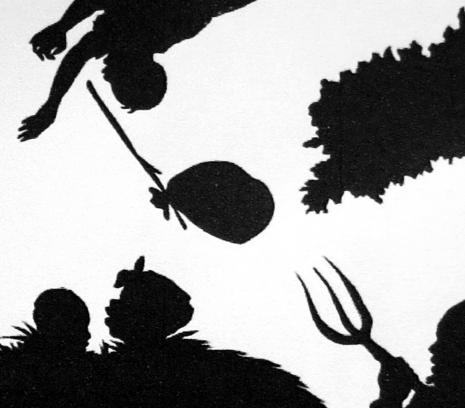Symbolic Resistance: Kara Walker’s Aesthetic Strategy
DOI:
https://doi.org/10.69598/sbjfa240957Keywords:
Aesthetic of Colored People, Methods of Transformation, Symbolic Revolution, HabitusAbstract
From the past to the present, colored people in American society are dominated by symbolic violence that appears in entertaining media of popular culture for example novel, film, and contemporary art. Many colored American artists create works in order to act against symbolic rules that has a stigmatizing character resulted from modernism. These artists have different methods of expressing their concept of habitus. Objective of the investigation of Kara Walker’s mixed-media installation is to comprehend the methods she uses to negotiate with discourses in relation to race, identity, and gender. She reconstructs historical discourses in relation to slavery that appears in entertaining media. She uses the historical discourse as a resisting tool by recasting symbolic revolution of the discourses. Walker divides the concept of habitus into two parts: Part one is the symbolic resistance of modern society that is composed of the investigation of discourse, knowledge, body that shows bravery, slavery, the existence of monstrous being, and the release of natural drive. Part two is the symbolic resistance of contemporary art style that can be seen from the cutting of Black Paper Silhouette and the reproduction of symbolic space or panopticon. Walker uses simple signs that imply politic and cultural significance to create her works. Her works reflect the image of combined identity that expresses the clear and dull aesthetic of colored American people. The artist selects materials and media that go along with reality happening in the society in order to send out the message to multicultural audiences.
Downloads

Downloads
Published
How to Cite
Issue
Section
License
The journal's editorial team does not have to agree with the views and comments in the author's article, nor are they responsible for the comments.











